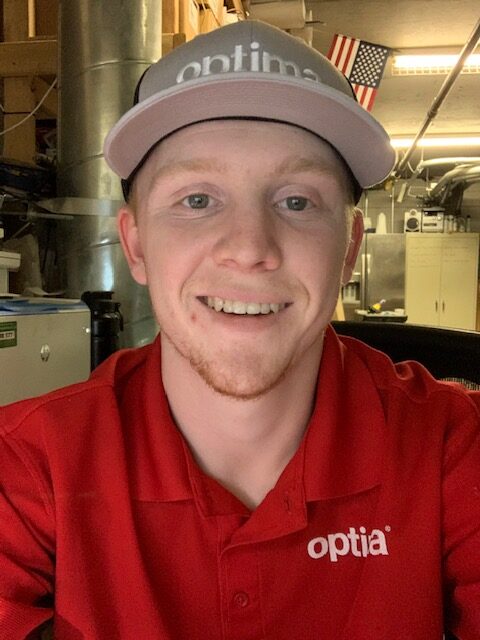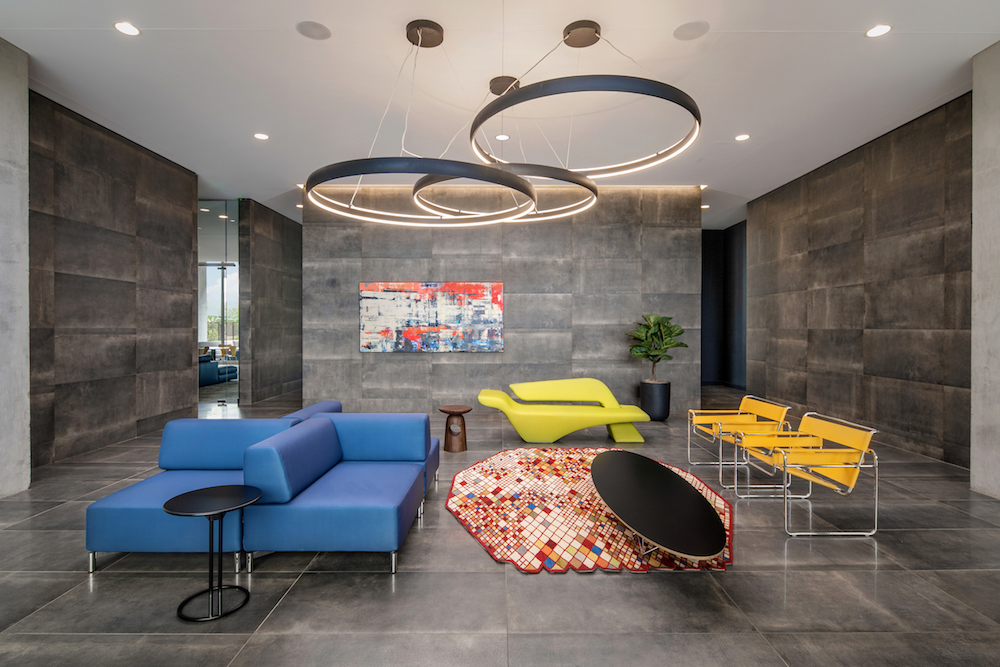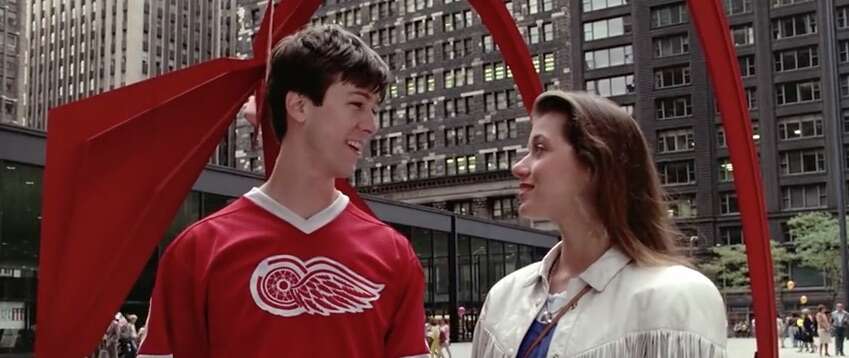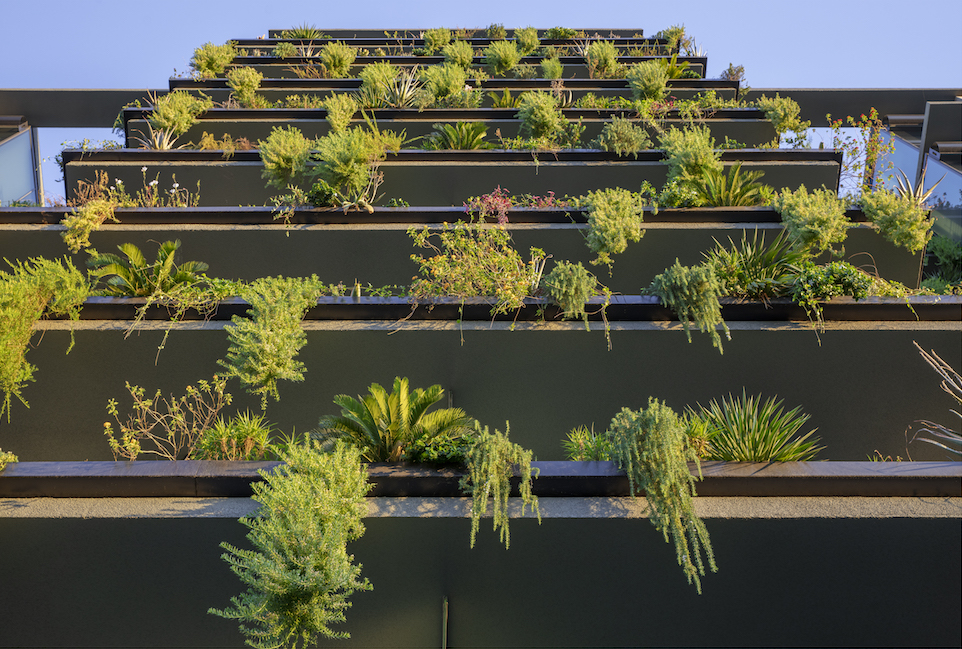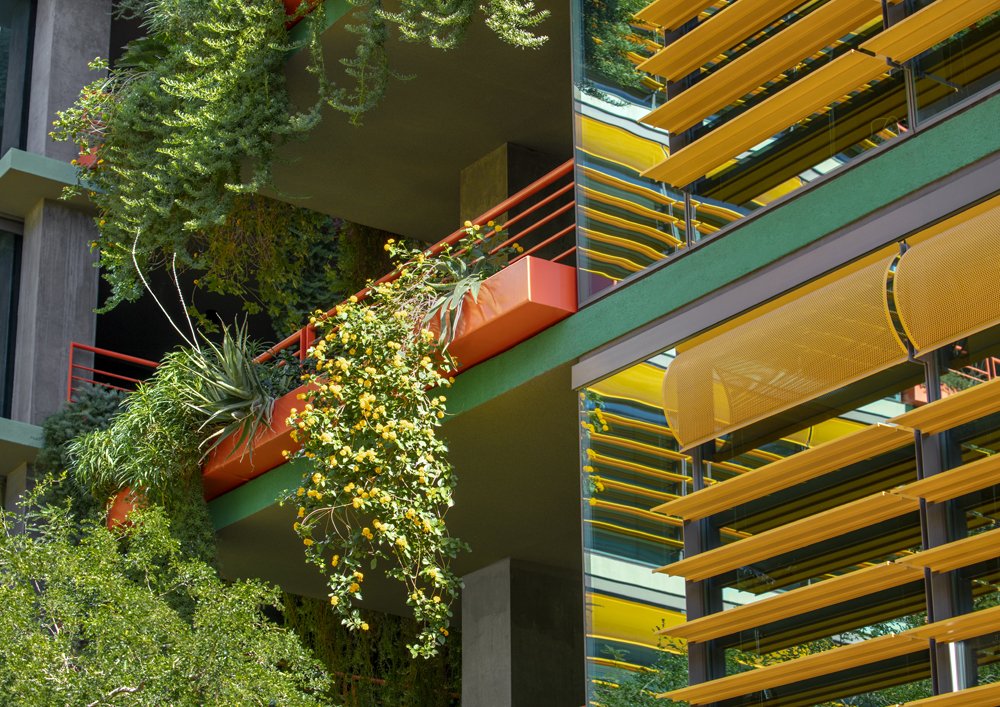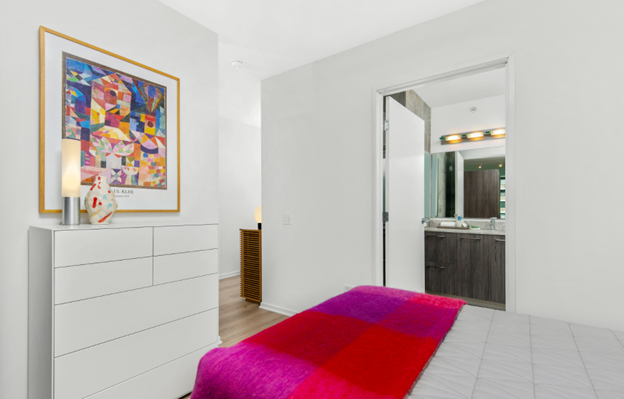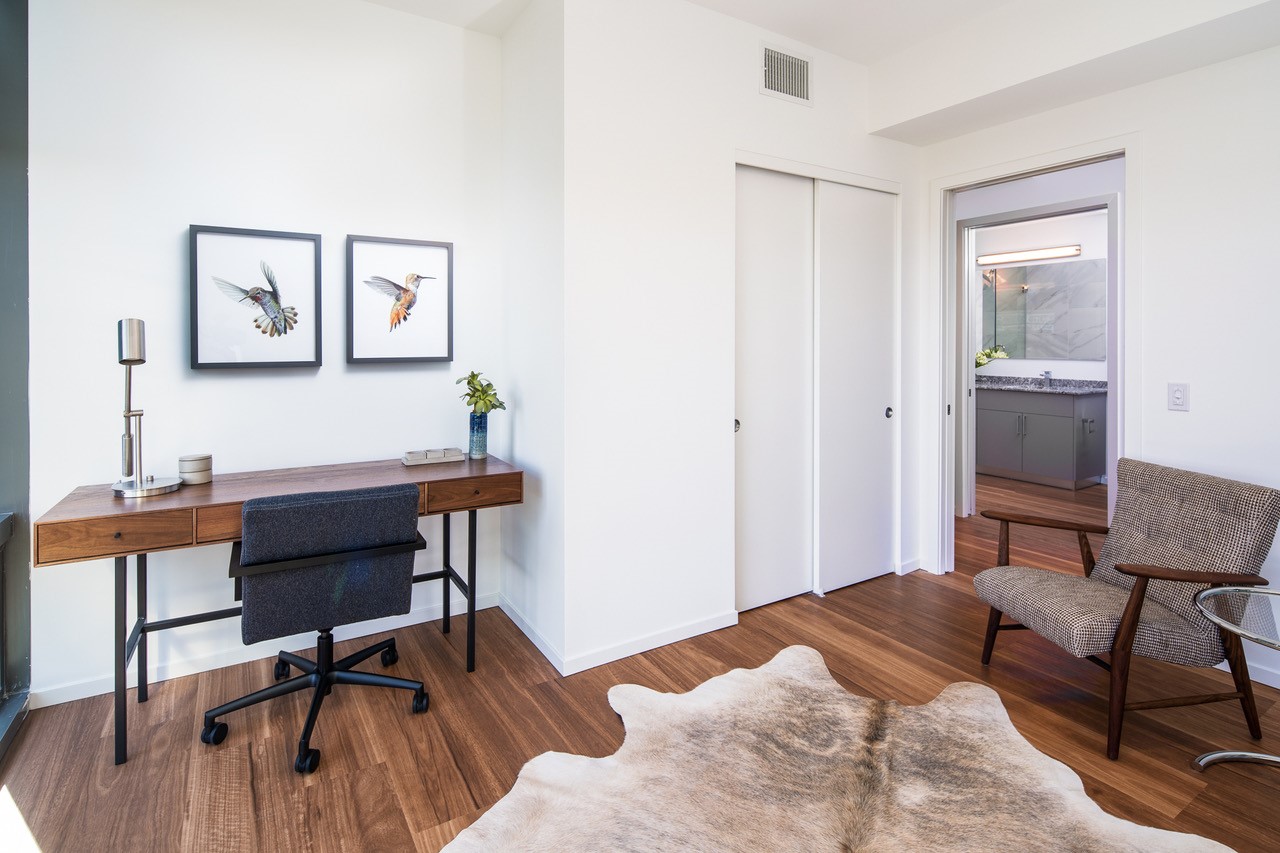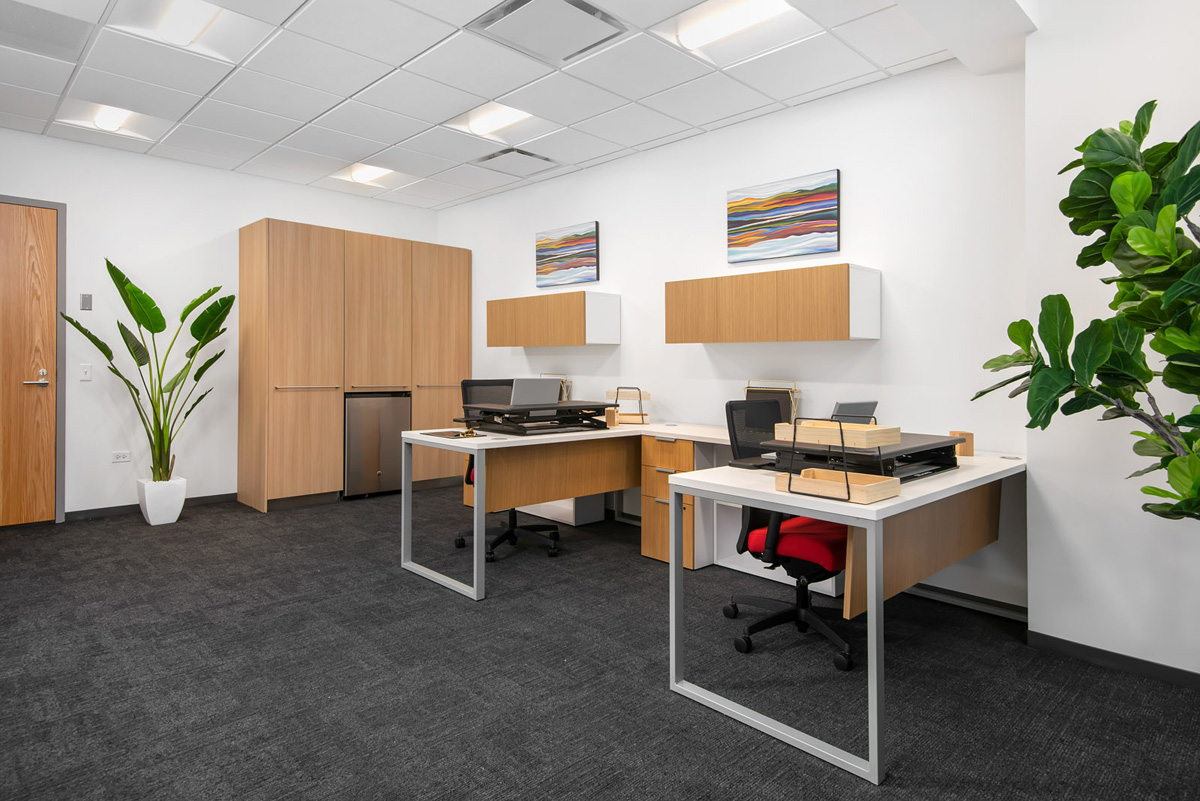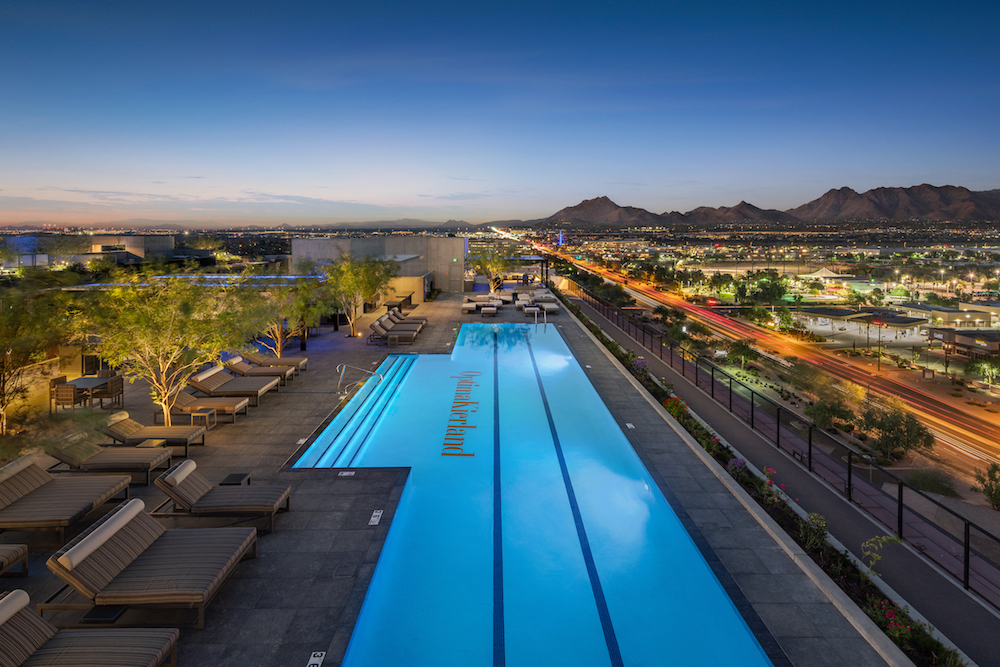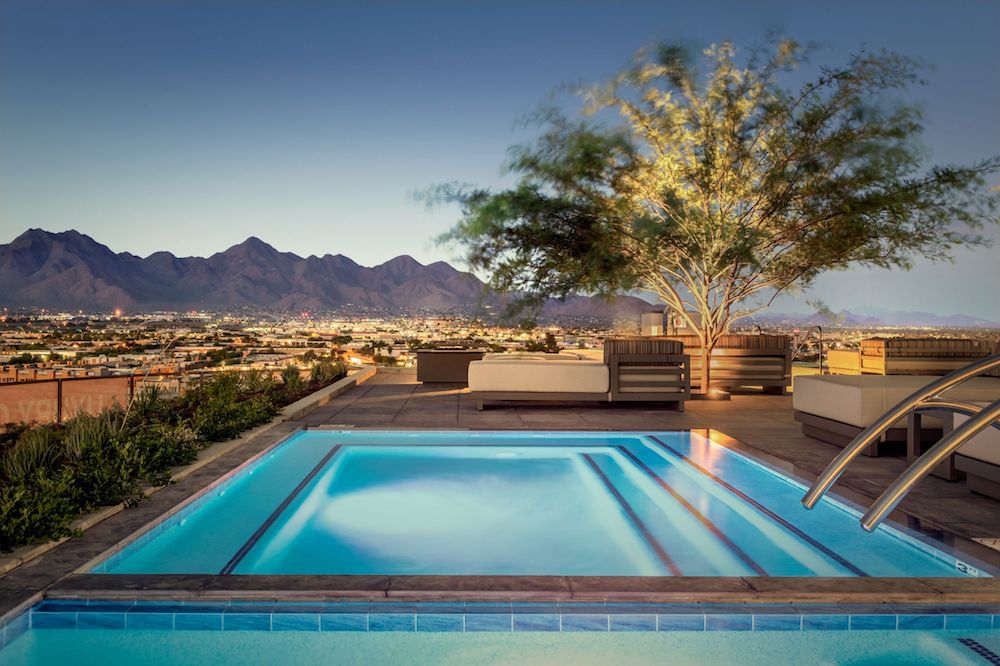It’s no secret that at Optima we love bold colors and clean, Modernist lines. That’s why we’re so drawn to the work of artist Mark Rothko, an American painter known for his rigorous use of colors, shape and form. Today, we’re taking a deep dive into the preeminent artist’s life and work.
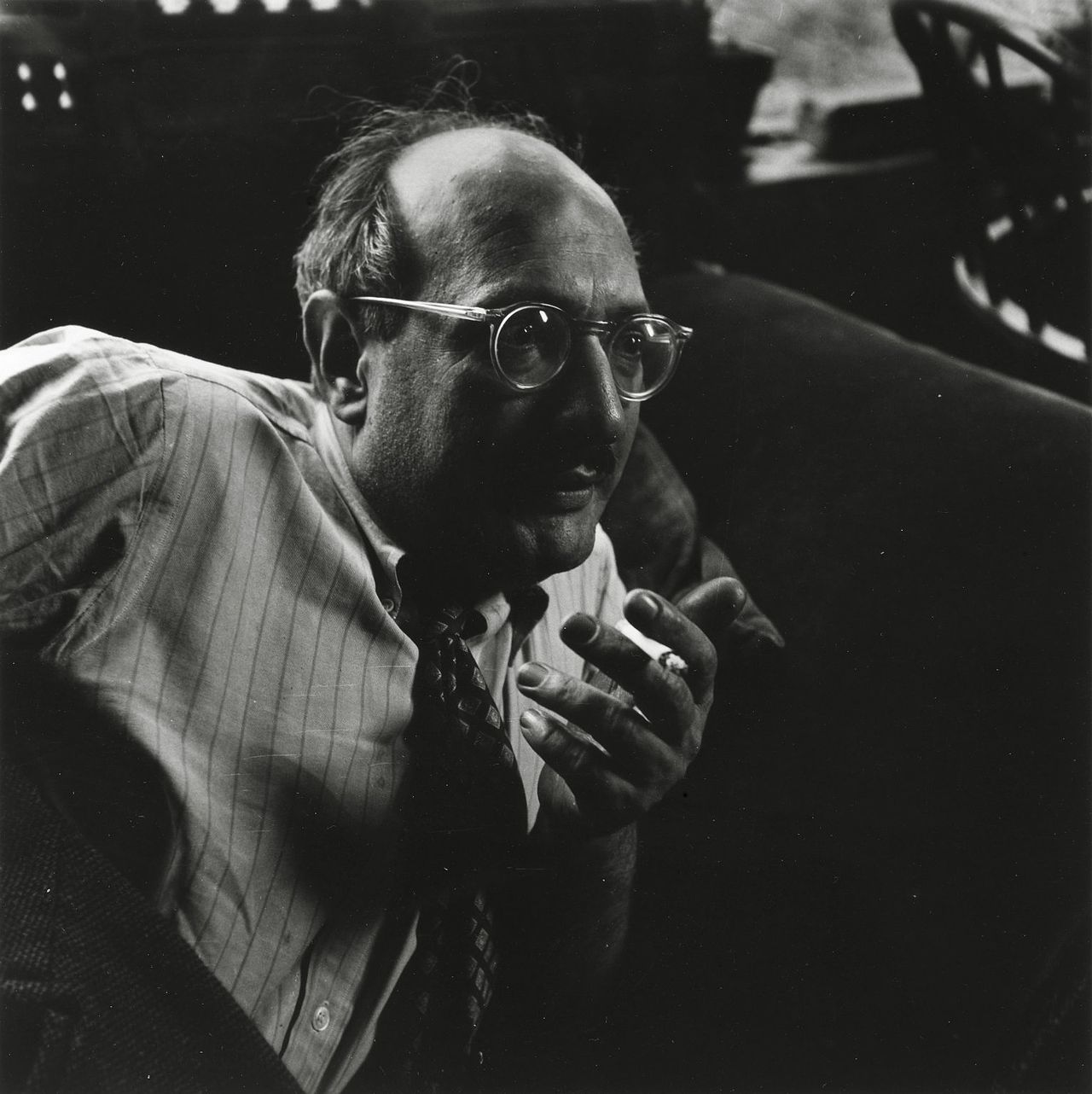
The Life of Mark Rothko
Mark Rothko was born September 25, 1903 in Latvia (then in the Russian empire) to a pharmacist father. His father was an intellectual of modest means, raising a Jewish family in a time and place where it was highly taboo to hold such an identity. Rothko attended cheder, a traditional Judaic elementary school, until his father made the decision to emigrate from Russia, for fear that his sons would be drafted into the army.
In 1913, Rothko landed in Portland, Oregon in the states, where he went on to attend U.S. school and became an active member of the local Jewish community. Taking after his father, Rothko had a strong voice and point of view on many issues. When he landed a scholarship to Yale University in 1922, Rothko started a satirical magazine that lampooned a school he believed to be flawed — and it was unsurprising when Rothko dropped out just a year later.
Out on his own, Rothko found his way to the art world.
The Work of Mark Rothko
In 1923, Rothko began working in New York City’s garment district and enrolled at Parsons School of Design and started taking classes at the Art Students League. He was taught by Cubist artist Max Weber, and influenced by other artists such as the surrealist Paul Klee. As Rothko continued to surround himself with artists and began exhibiting at galleries, his work was becoming recognized as a force of its own, set apart by his unique understanding of color.
While Rothko continued to rise to critical acclaim, it wasn’t until 1949 when he painted his first “multiform” and discovered his most signature style. Marked by bold geometric forms and striking primary and secondary colors, he became more and more particular about his works. Almost always painted in vertical frames, Rothko even went so far as to suggest viewers should stand exactly 18 inches from his work for optimal consumption. He believed color was “merely an instrument” and that his paintings expressed human emotions such as “tragedy, ecstasy and doom” and should henceforth move the viewer to tears.
Rothko continued expressing his strong point of view until his untimely death at age 66 in 1970, when he committed suicide. While his story had a tragic end, his legacy lives on, marking him as a true master of new American art.

